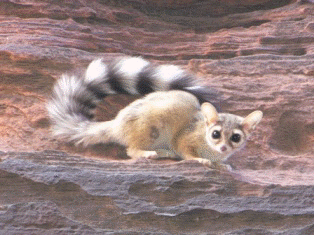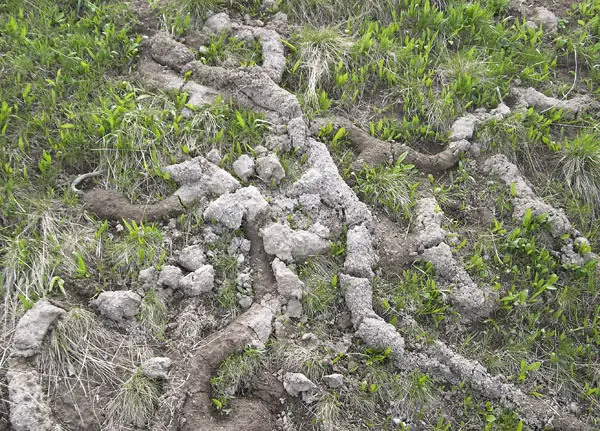Star Nosed Mole
Star-nosed mole is endemic to eastern Canada and the north-eastern United States. It is a small North American mole. Besides, it is the only member of the tribe Condylurini and the genus condylura.
Appearance and Behavior
Mostly, it makes its dwelling in the lowland areas and consumes small invertebrates, aquatic insects, worms and mollusks. Also, not only does it love swimming but also is an efficient swimmer. It likes spending its time in water foraging for food. It digs and delves deep inside the shallow surface tunnels for foraging. These tunnels exit underwater. It is active in day and night. Also, it is active is winter. Mostly, you will find it tunneling through the snow and swimming in ice-covered streams in winter. As far as the social behavior is concerned, it is colonial.

A very eccentric looking Star-nosed mole
A thick blackish brown water-repellent fur surrounds and decors it. Its feet are large scaled and their tail is long and thick. The tail serves as a fat storage reserve for the spring breeding season. Adults weigh about 55g and have 44 teeth. Heir length is 15 to 20 cm. At the end of its snout, there is circle of 22 mobile, pink, fleshy tentacles. This feature is one of the most distinctive features of the species. In the late winter or early spring, the star-nosed male begins to mate. The female has one litter of typically 4 to 5 young in late spring or summer. The Red tailed Hawk, Great Horned Owl, various skunks and mustelids, and even large fish come under the section of predators.

Star-nosed mole
Fingers grow outward on a hand rather than growing in the conventional way. Around the nose, swellings take place. And some days after birth, they break free and go ahead in the same way a banana is peeled. Moreover, as the Star Nosed Mole was functionally blind, it had been a matter of suspicion that the snout served as a means to spot or detect electrical activity in prey animals, though little, if any empirical support prevails for this contention. It seems that the nasal star and dentition of this species are first and foremost adapted to exploit very small prey items.


